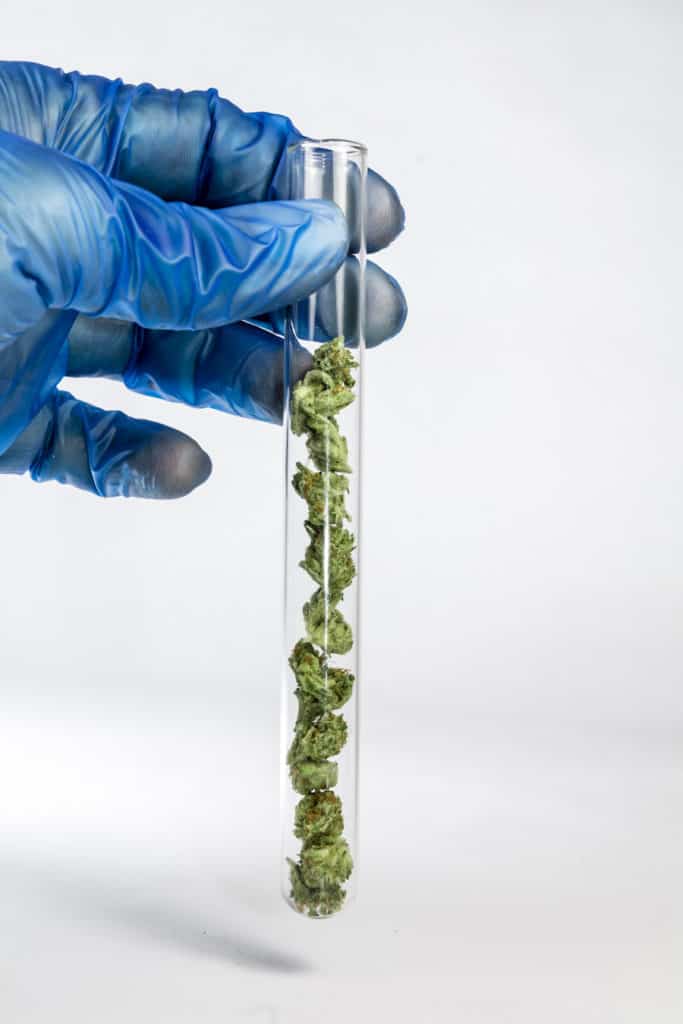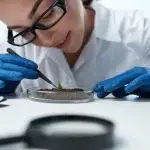As consumers, we demand consistency. You expect a Coke, for example, to taste just like all previous Cokes.
In the modern cannabis industry, that type of consistency doesn’t exist. In part, this is due to the more than 400 chemical compounds that appear in different combinations, proportions, and amounts based on the particular environment in which a plant is cultivated. But a greater issue is at work: No taxonomic structure currently is applied to the species.
Cannabis was classified in the mid-eighteenth century by Carl Linnaeus as he attempted to provide a framework for the classification of all living things. In Species Plantarum, Linnaeus described cannabis as a single species: C.sativa. Since then, other taxonomists have suggested up to four distinct species. A species is a group of interbreeding natural populations that are reproductively isolated from other such groups (although this definition is a point of significant contestation throughout the scientific community).
When people talk about cannabis today, they often refer to “land races.” A land race is a variety of cannabis from a specific (often isolated) region that has evolved into plants with a distinctive physical structure and unique chemical profile (chemotype). Due to human intervention, land races have been collected, grown, and bred into the diverse plethora of strains we have in contemporary cultivation. Some think unadulterated species no longer grow in natural populations.
The vast majority of cannabis grown today is far removed from its species ancestry. As it exists in modern cultivation, the plant is an amalgamation of undocumented strains made from complex polyhybrids. Most other plant families that have been bred extensively follow a set of taxonomic rules for naming hybrids, recording lineage, and differentiating unique specimens. That is not the case in cannabis.
At the core of the naming system for cultivated plants is the variety, or “cultivar.” Each cultivar is the product of human selection and the result of a breeding program designed to achieve particular goals. Those goals may include higher yield, shorter stature, increased trichome production, specific chemical profiles, etc. Due to cannabis’s illegal status the past eighty-plus years, documentation of these unique hybrids is a mixture of conjecture, story, fact, and lore. Unlike orchids—of which botanists have documented more than 150,000 hybrids since 1856, collecting lineage and recording the hybridizer for each cross—there is no repository of cannabis information.

Cannabis varieties commonly are referred to as strains, but without a set of universally agreed-upon rules governing documentation, a huge amount of ambiguity about identities has developed. A strain should be the intentional crossing of two unique and stable varieties. (Stable plants reliably produce offspring without significant genetic divergence from the parent, barring spontaneous mutation.) The ambiguity starts here. Many modern cannabis varieties are not stable or homogenous, which dramatically increases variability among offspring.
Consider the basic science lesson of dominant and recessive genes. When a mother and father look very similar—both are tall, slender, blonde-haired, and blue-eyed—one would expect their children to be tall, slender, blonde-haired, and blue-eyed, too. (That’s a simplified example for illustration purposes. Human genetics are extremely complex.) Similarly, stable varieties of plants, known as “IBLs” or inbred lines, produce offspring that are fairly homogeneous.
Now, look at the offspring of a short, Rubenesque woman with black hair and brown eyes and a tall, slender, blonde-haired, blue-eyed man. More physical diversity would be expected in those children. When the children—polyhybrids for purposes of this illustration—produce children, even more diverse traits will appear. Crossing polyhybrids, or unstable lines, produces greater variability in the offspring. Cultivators often search unstable lines, or “pheno-hunt,” for exceptional genetic combinations. The genetic combinations that check all the boxes for yield, vigor, chemotype, aroma, flavor, and aesthetic appeal may be found only in the top 0.1 percent of the population, as the distribution of traits follows a bell-shaped curve.
When pheno-hunting, the larger the sample size, the more likely hunters are to find an exceptional specimen. When a cultivator finds a specimen worth cultivating, they usually give it a clonal name—“Gelato,” for example. Gelato is a hybrid of Sunset Sherbet and the varietal formerly known as Thin Mint Girl Scout Cookies (GSC). The strain Gelato was introduced by the Cookie Fam, and one particular varietal—#33, which leans toward its GSC heritage—has been recognized as extraordinary. The cultivator denoted this particular cultivar was different from other Gelato plants by adding the clonal name “#33.”
Cannabis varieties that lack adequate descriptions as required by the International Code of Nomenclature for Cultivated Plants (ICNCP) technically should follow this naming format: Cannabis strain, clonal name. So, Gelato #33 should be written as Cannabis strain, Gelato #33.
Every seed and resulting plant made from crossing Sunset Sherbet and Thin Mint GSC should be called Gelato. Here’s the problem: Because the two parents are not homogenous, their offspring will exhibit different phenotypic and chemotypic traits. That means each plant may look different from the others, and the myriad chemical compounds produced in each plant will vary in proportion. This leads to significantly different psychotropic effects. So, if you go to ten different dispensaries and buy ten different samples of Gelato, the resulting medical benefits and psychotropic experiences may vary significantly from sample to sample. For new consumers especially, this lack of consistency can be frightening.
Exceptional cannabis cultivars often are passed from one person to the next through circles of cultivators. Occasionally, growers want to differentiate their product and knowingly change the name of a strain so it appears they have a unique offering in a particular market. Sometimes the tactic works, and sales increase dramatically based on nothing more than a name change.
This added ambiguity further muddies the waters when it comes to helping consumers clearly understand what they are purchasing.
Cannabis exhibits more than 25,000 genes—more than human beings have! The genetic variation in cannabis is responsible for each strain’s nuanced differences in appearance, flavor, aroma, and psychoactive effects. While applying taxonomic structure to the genus would be ideal, that is impractical at this juncture.
A move toward identifying strains by their unique genetic fingerprint, or genotype, is both sensible and possible. To quote C.J. Schwartz, PhD, “Determining the genetics of a strain is paramount for accuracy, consistency and transparency. This is exceptionally important for telling strains apart for consumers and validating claims of the uniqueness of a strain…”
I predict in the near future we will see the cannabis industry move toward branding that incorporates genetic data, bolstering consumer trust and addressing consumers’ desire for consistency.

David Kessler is senior vice president of horticultural solutions at TriGrow Systems Inc., a technology company providing precision cultivation solutions. He possesses more than twenty years of cannabis cultivation experience, including ten years of closed environmental agriculture (CEA) indoorfarm design.










